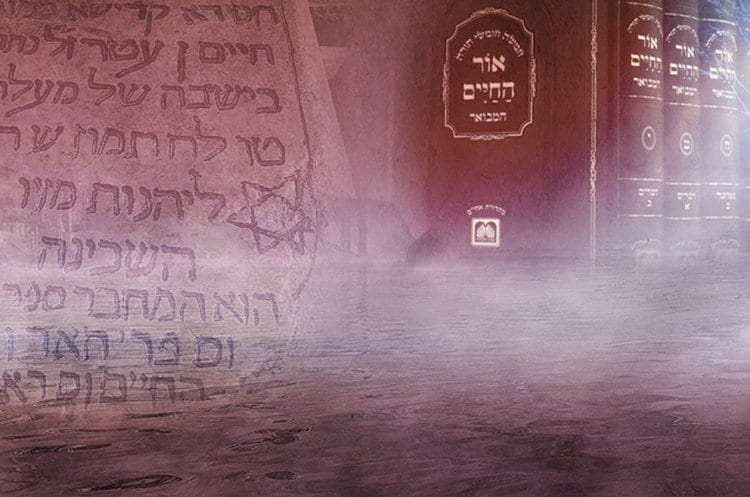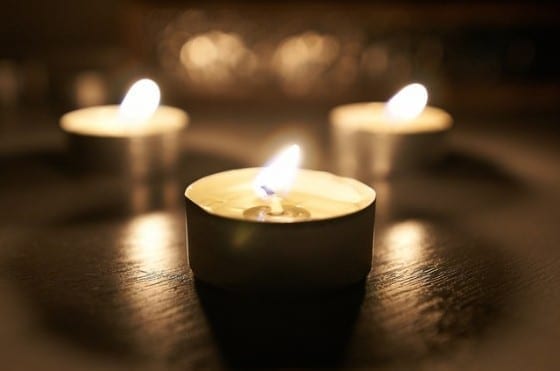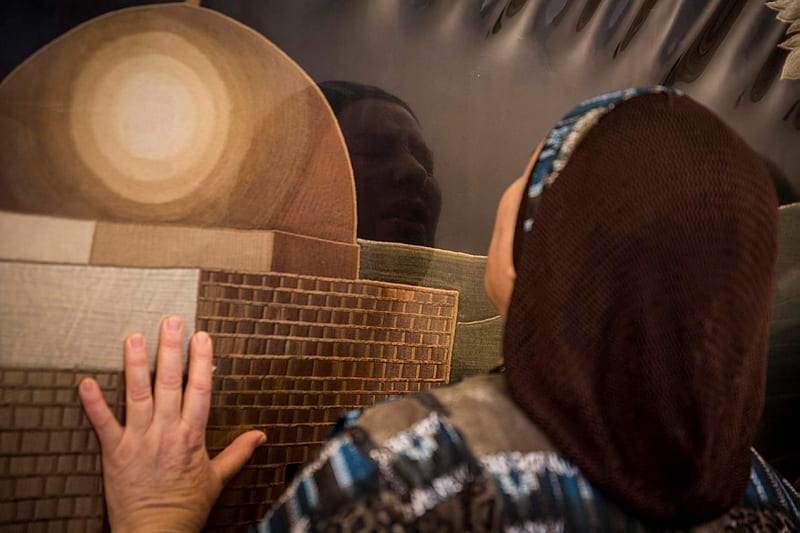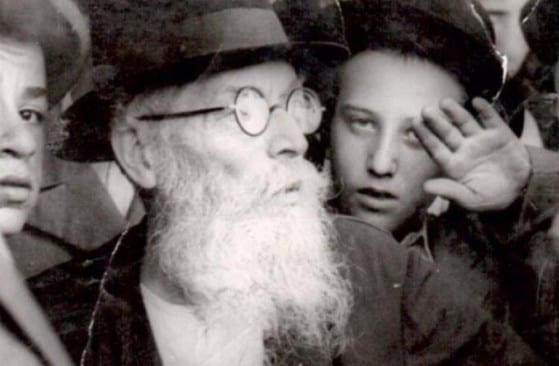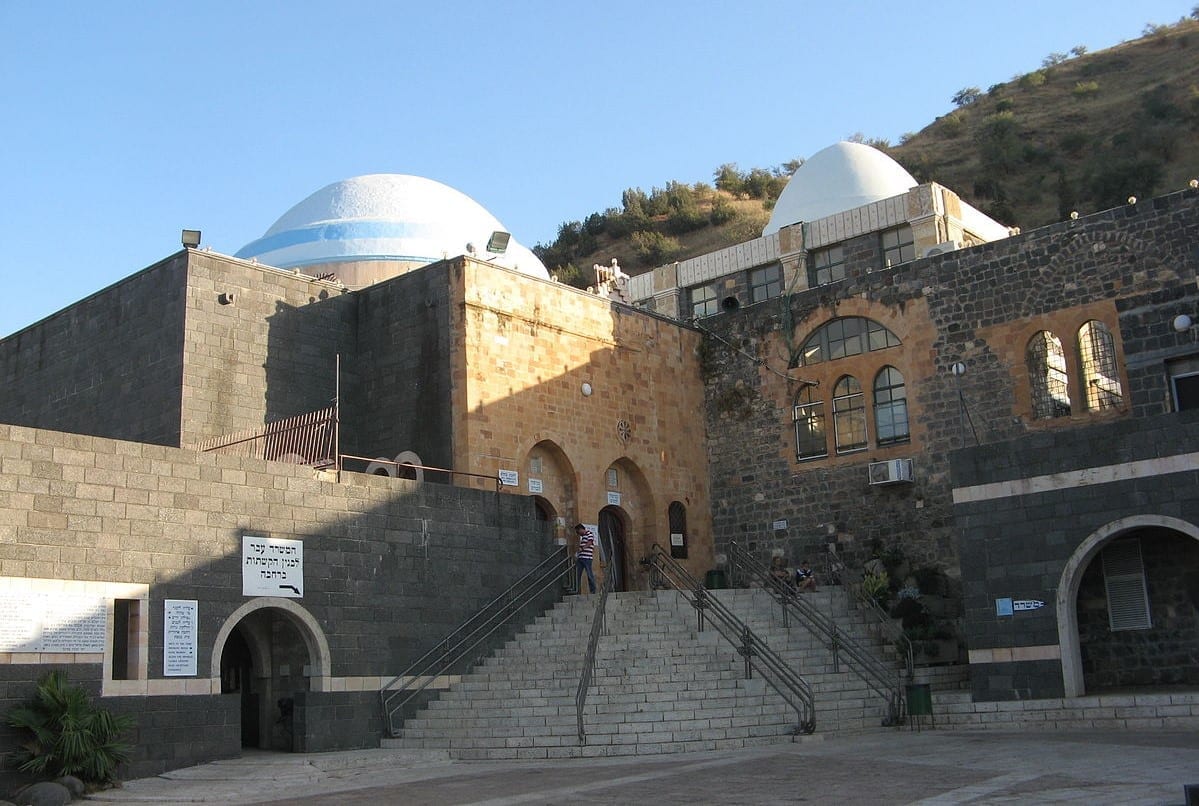You previously shared with Ami readers memories of your childhood in Egypt and Jerusalem, and how you founded the Haredi College with your father’s encouragement. How did the Master’s program in Conflict Resolution come about?
Several years ago I was invited to participate in a contingent of Jewish and Arab Israelis who were going to Poland and the concentration camps. My father and my husband, dayan Ezra, encouraged me to accept the invitation. Among the participants was Professor Shifra Sagui, who at the time was head of the Conflict Management and Resolution program at Ben-Gurion University. I was looking for possibilities for master’s degree programs for chareidi women to improve their parnasah. It took a while but we worked out a syllabus and got the United Nations involved in funding supplementary field trips. In the end, 24 women registered. Four were single, and the rest were mothers and young grandmothers who already had bachelor’s degrees in various fields.

Now that they finished the two-year program, what are they qualified to do?
Some women remained in whatever capacity they were in before obtaining their degrees. For example, one woman was head of a department that dealt with the chareidicommunity in the Jerusalem Municipality. She’s still there, but says she is now more sensitive to the needs of other communities. Another woman who was in special education is now a researcher for the Jerusalem Studies Institute specializing in the chareidi sector, having acquired research tools in our program. One woman who was a homemaker all her life earned a BA from our college at the urging of her daughter, who was also a student. She then continued on to the master’s degree program and received the Mandel Institute for Educational Administration fellowship. These are only a few examples. Another woman was a social worker in a senior citizens’ home who moved up the ladder into administration.
Can you describe the trip to Ireland?
Itzik Sudri, the program officer for Interpeace, suggested that we could learn a great deal about the pragmatics of conflict resolution from a trip to Northern Ireland. There were six women in the contingent including me; Rabbanit Zipporah, the wife of Chief Rabbi David Lau; Rabbanit Yaffa, wife of Rav Aryeh Deri; Esther Atias, wife of Knesset Member Ariel Atias; and several others graduates of the program. When we entered the Parliament building in Belfast we found a glatt kosher table laden with kol tuv, supervised by the local mara d’atra. We met with the Mayor of Belfast, former IRA terrorists and victims from all sides.
Was the visit helpful?
I found that there were huge similarities between the two sets of conflicts [Irish and Israeli-Palestinian]. Both had territorial, ethnic and religious components. In both, the civilian population suffered from terrorism. I want to emphasize that although the worst hostilities in Northern Ireland tapered off with the 1989 Good Friday Agreement, there is still unfinished business like stonethrowing, walls being erected and tanks in the streets. Less important issues like parades and flags aren’t completely resolved, and the power-sharing arrangements between the Catholic nationalists and Protestant unionists aren’t complete. Still, this might be a template for us.
And differences?
Ours is part of a regional conflict, whereas in Northern Ireland this was not a major issue.
Were there any negative aspects to the trip?
We also spent time in London and went to visit a large Muslim center. When I saw hundreds of Muslim women genuflecting in prayer I admit I was frightened by their numbers, the sheer scale. Afterwards, the Israelis among us shared our fears in Hebrew. Suddenly one of the Muslim women responded to what we were saying and we realized that she knew Hebrew. It was an ironic situation. When we spoke individually with them we saw them differently, not as a single mass. I must also note that the area in which the Muslim center is located had long been abandoned by Jews, but there’s still an empty synagogue. To their credit,the Muslims take especially good care of it. In another incident someone falsely accused Israel of atrocities and I became very angry. One of my female colleagues remained cool and calmed the situation down by quietly suggesting that we talk about the future rather than the past. This shows the virtue of group dialogue.
Why the interest in cultivating a cadre of chareidi women in the field of conflict resolution?
Until now the chareidi sector has been mostly ignored with respect to diplomatic issues. Now, bodies like the UN and the EU realize that the ultra-Orthodox have a key role to play, and that the women are quietly influential.
Will you be offering a similar master’s program for men at the Haredi College?
Right now we have about 300 male and 600 female students, who learn separately. There are several BA degree programs and a few MA programs. This conflict resolution degree, however, was designed specifically for women. Mr. Sudri runs other types of enrichment programs for rabbis and chareidi leaders, but not a master’s degree program.
Mr. Sudri has frequently stated that the chareidim are, at root, politically moderate. The writings of Rav Ovadia are often cited in this context. How do you view this?
Rav Ovadia was completely motivated by his love of the Jewish people when he wrote that the kedushah of life trumps the kedushah of the Land. You can read this in his own words in the English translation of his 1989 lecture, “Ceding Territory of the Land of Israel in Order to Save Lives” printed in Crossroads: Halacha and the Modern World Vol. III, Zomet Institute, Gush Etzion. 1990/5750, pp. 11-28.
Was he alone in this view?
There are many rabbis who are active in dialogue, coexistence efforts and conflict resolution. Rabbi Michael Melchior is one who has been active for years. Rav Menachem Froman, z”l, met with innumerable Muslim leaders and cultivated cordial relations with his Arab neighbors south of Jerusalem. Rabbi Shmuel Pappenheim is active in dialogue. And former Chief Rabbi Amar met with Muslim leaders in Morocco and has met with a large number of sheikhs, often behind the scenes.
Are you optimistic?
There is still a long way to go. Just recently the media featured an eight-yearold Arab girl who was spouting the worst falsehoods about Jews and Israelis she had been taught. But we also have problems in the Jewish community. An Arab physician, head of a department in a Tel Aviv hospital, was about to treat a Jewish patient when the patient refused it. We have to learn to prevent such prejudice. Shalom is obviously very important to us. We say it in greeting, mention it in the Amidah prayer, and ask for it in Birkat Hamazon after meals. This has to be balanced with Yaakov’s three-pronged approach to meeting Esav (Bereishit 32:9): doron, tefillah and milchamah, Prepare a gift, pray…and be ready for war, just in case.

